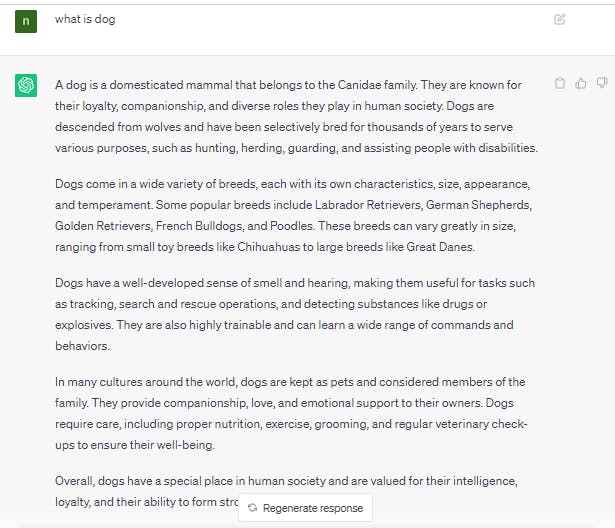Improving ChatGPT's Responses: Techniques for Post-Processing and Filtering
ChatGPT, powered by OpenAI's GPT-3.5 architecture, has revolutionized the conversational AI landscape, enabling human-like interactions and providing valuable assistance. However, as with any AI system, it is not without its limitations. ChatGPT's responses can sometimes be verbose, generate incorrect or nonsensical information, or exhibit biased behavior. To address these issues and enhance the user experience, post-processing and filtering techniques can be employed. In this blog post, we will explore various approaches to improve ChatGPT's responses and make them more reliable and useful.
Length and Coherence Filtering
One of the common challenges with ChatGPT is its tendency to produce excessively long responses. These verbose outputs can be overwhelming and often lack focus. To tackle this issue, we can implement length and coherence filtering techniques. By setting a maximum response length and monitoring the coherence of the generated text, we can trim or modify the output to ensure concise and coherent responses. This approach helps deliver more succinct and on-point answers to user queries.

Language Model Fine-Tuning
Language model fine-tuning is an effective way to personalize ChatGPT's responses and improve its performance in specific domains or contexts. By fine-tuning the model on domain-specific data or user interactions, we can tailor ChatGPT's responses to match the desired tone, style, or domain expertise. Fine-tuning can also be employed to reduce the generation of biased or harmful content by training the model on diverse, unbiased datasets.
Response Ranking and Selection
Another technique to enhance ChatGPT's responses is response ranking and selection. Instead of relying on a single output from the model, we can generate multiple responses and then rank and select the most appropriate one based on predefined criteria. This can involve using heuristics, sentiment analysis, or user feedback to determine the quality and relevance of each response. By providing users with the best possible response, we can ensure higher accuracy and usefulness of the system.
Error Detection and Correction
To address instances where ChatGPT generates incorrect or nonsensical information, error detection and correction mechanisms can be employed. By integrating natural language processing techniques such as named entity recognition, part-of-speech tagging, or spell checking, we can identify and rectify errors in the model's outputs. This helps improve the overall reliability and accuracy of ChatGPT's responses.
Bias Mitigation

Addressing biases in AI systems is of paramount importance. ChatGPT, being trained on vast amounts of internet text, can inadvertently exhibit biased behavior. To mitigate this, various methods can be employed, including both pre-processing and post-processing techniques. Pre-processing involves carefully curating and filtering the training data to reduce bias, while post-processing can involve bias-aware re-ranking of responses or using external tools to detect and flag potential biases. By actively working towards minimizing biases, we can make ChatGPT more inclusive and fair.


Conclusion
ChatGPT has revolutionized the conversational AI landscape, but there is always room for improvement. By employing post-processing and filtering techniques, we can enhance the reliability, coherence, and usefulness of ChatGPT's responses. Length and coherence filtering, language model fine-tuning, response ranking and selection, error detection and correction, and bias mitigation are some of the key techniques that can be employed. As the field of AI continues to advance, these techniques will play an essential role in refining and optimizing conversational AI systems like ChatGPT, ensuring a more satisfying user experience and increasing the overall utility of the technology.